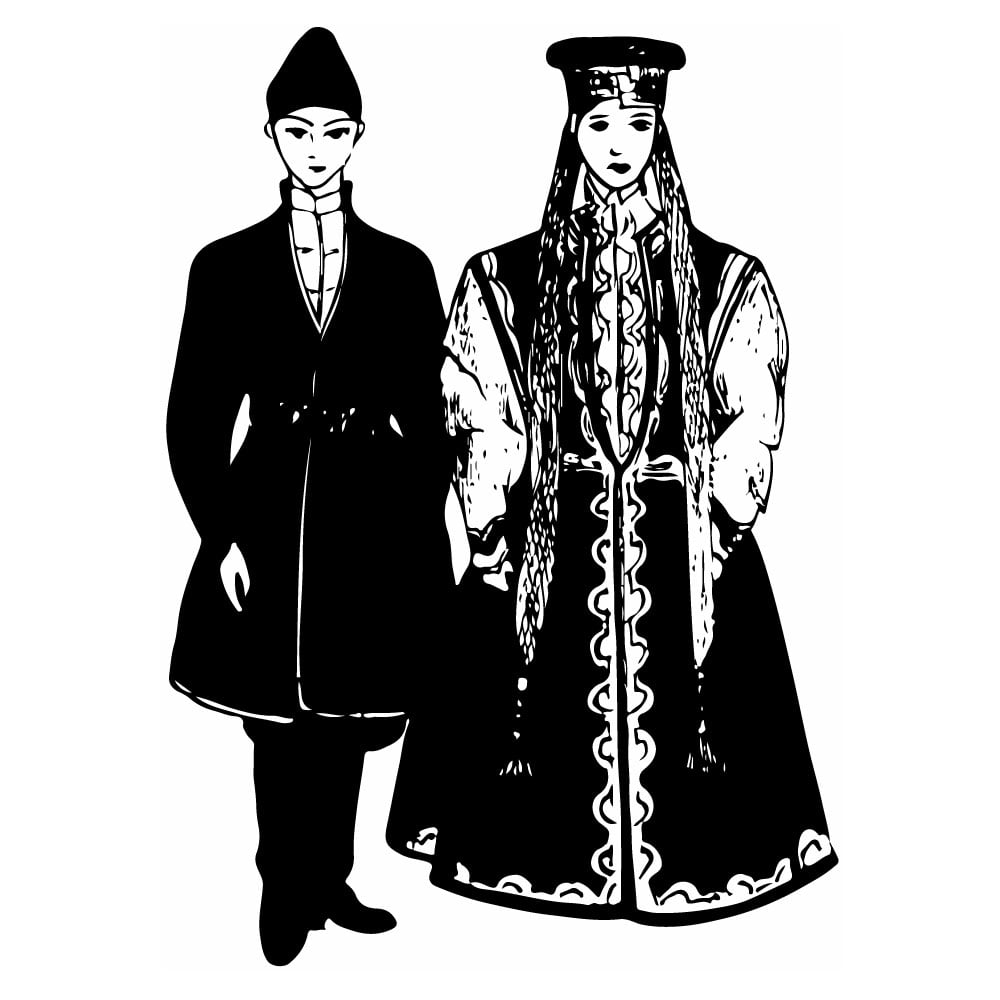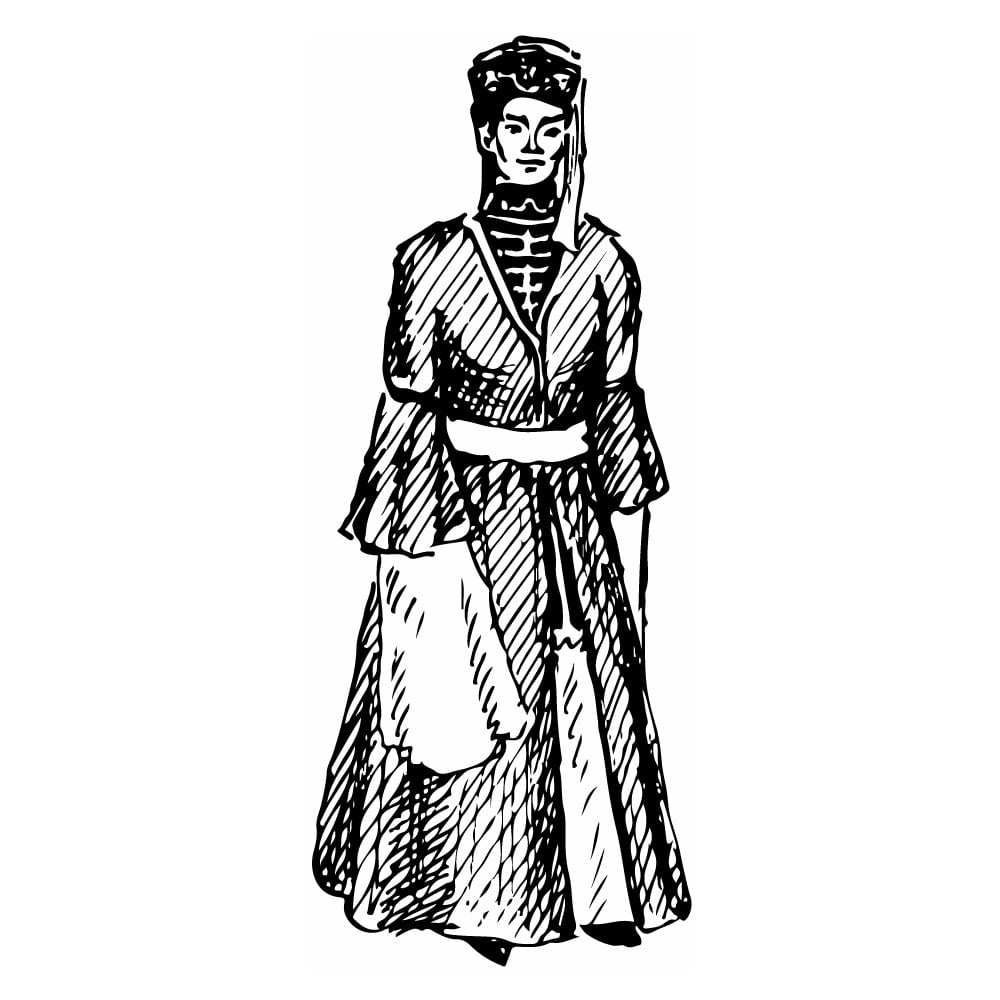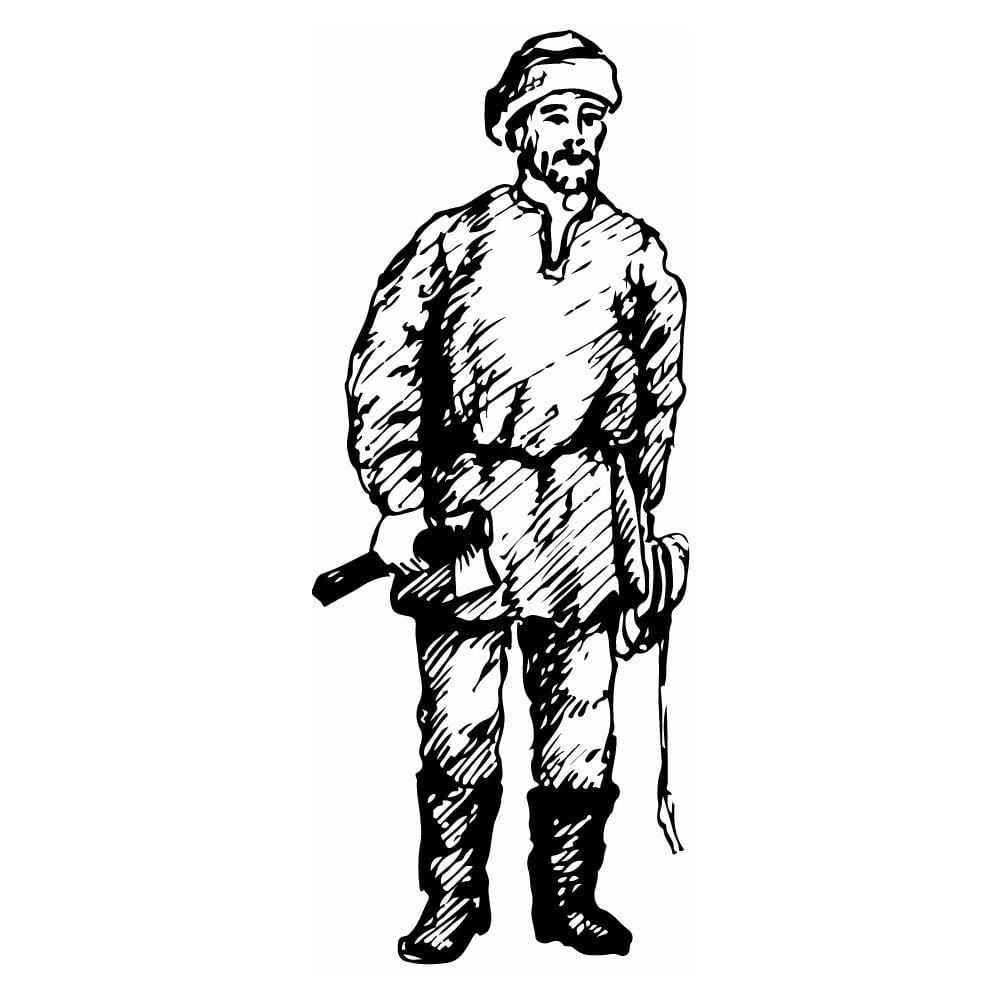Khant
| Population | 23,000 |
| Language group | Finno-Ugrian |
| Language | Ostyak |
| Region | Ob River Basin |
| Religion | Christianity, Totemism |
*Population estimates for 1994
In scientific literature the Khant and the Mansi have been united under one common name “Ob Ugr.” The Khant had been known as the “Ostyak” before. In scientific literature there are different explanations of the word “Khant.” It was thought to come from the word phrase “hondy no” meaning “man from the river Kondy.” It was also explained as “Khan people.”
The Khant live in the Ob River Basin. The majority of them are concentrated in the Khant-Mansi National Area.
The early history of the Ob Ugr, the Khant and the Mansi has not been studied enough. The modern culture of the Ob Ugr (the Khant and the Mansi) being the culture of the settled hunters and fishermen has retained the elements of the southern cultures.
“Yugra” was known to the Novgorod merchants and traders already in the eleventh century. The name “Yugra” disappeared from the written records in the seventeenth century.
At the end of the seventeenth century the Russian merchants increased their intrusion into the Khant territory. They settled on the lands of the Khant with the Government’s permission and captured arable lands. They seized the best fishing places partitioning off the river mouths, thus leaving the Khant population without a fish catch.
The Khant and the Mansi settled on the territories with diverse landscape. Different cultural influences of the neighboring people called forth rather a parti-colored picture of their way of life.
The main occupations of the Khant were fishery, hunting, reindeer-breeding or cattle-breeding.
There were some differences in the clothes of the Khants living in the north and those living in the south. Men’s outer clothing of the reindeer breeders was malitsa (reindeer overcoat with a hood) borrowed from the Nenets. Clothes for summer wear did not differ from those for winterwear by its cut. Clothing for summerwear was an old malitsa. South and east Khant hunters wore a short robe made of coarse cloth in summer. Most of the Khant used to wear short boots. Women’s clothes for winter wear was reindeer fur coat. The east Khant made women’s fur coats of hare skins and of squirrel pads. Women’s clothes for summer wear was a bright colored robe made of cotton or of cloth. In the past the south Khant women used to wear bands embroidered with beads on the forehead.
Though the Khant had been formally christened, they still retained their pre-Christian belief. Animals or birds were considered to be their ancestors. The worship extended on all the specimen of the animal or plants since they are “blood relatives” in their way. The Shamanism was of the family nature.
Since those early times the way of the Khant life has changed. The general trend of the Khant farms is in developing both the primordial economy branches (fishery, hunting, reindeer-breeding, berry and cedar nuts picking) and the new branches (cattle-breeding, breeding animals for furs and farming).
Rich are the folklore and fine arts of the Khant. Diverse lavish patterns decorate clothing, footwear, birch bark utensils. Wooden items are usually carved and show beaufiful examle of circular sculpture. Southern Khants widely used embroidery with sheep wool; men’s and women’s shirts as well as men’s trousers were artistically embroidered.
This is Ad 1





























